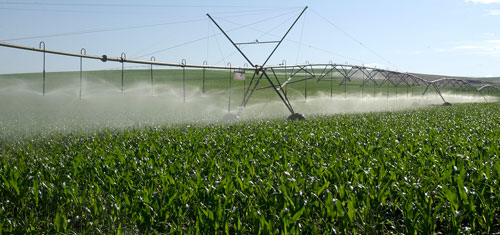
"There is no doubt the California drought is adding cost to buying feed," Robert Chesler told those attending the 11th annual INTL FCStone Dairy Outlook Conference. "However, first-cutting alfalfa had enough water, and farmers were able to harvest milk quality hay in the state this spring," he said. "Subsequent cuttings of alfalfa that may be of lower quality due to water shortages this year can be targeted for dry cows and heifers."
With that in mind, Chesler went on to tell attendees that the western drought will not impact California milk production this season. USDA milk production totals back up Chesler's comments as milk output has been up 1 to 5.3 percent in each of the first five months for the Golden State. Meanwhile, production has been flat in the nation's second largest dairy state as Wisconsin's output has been off by up to 2.9 percent during the same time.
That said, Chesler admitted that next year could be another story when it comes to California's milk production.
"If California doesn't get an El Niño (which would bring above-normal rainfall) or subsequent rainfall due to other weather patterns, then we will see a significant impact on milk production in 2015," said Chesler at the Chicago, Ill., meeting. He went on to note that most cows on dairy farms drink water from wells. New wells these days are being drilled some 1,500 feet to protect against future water issues. It's cropland that actually receives water from reservoirs and mountain snowmelt.
"There is no doubt that water is an issue in the west," concluded Chesler. "It's not only about the drought but a pecking order among the wide variety of crops grown in the state and the large human population.








